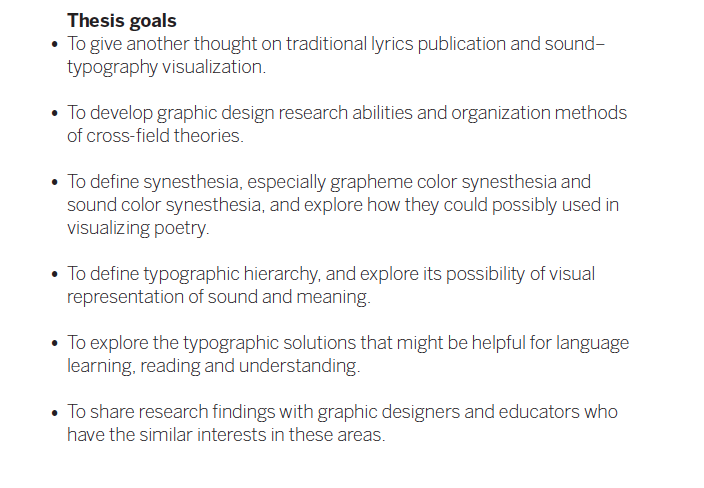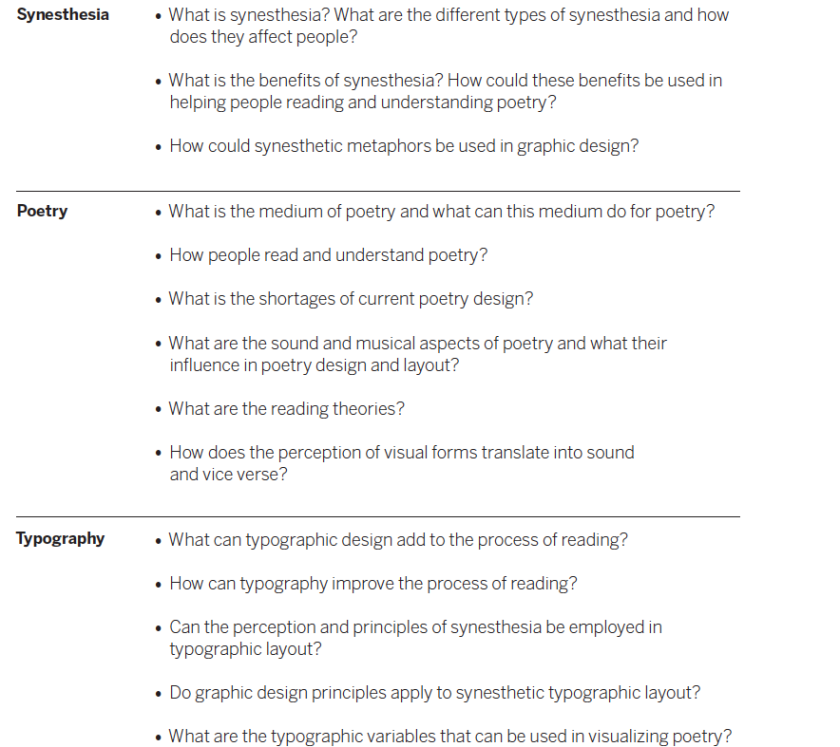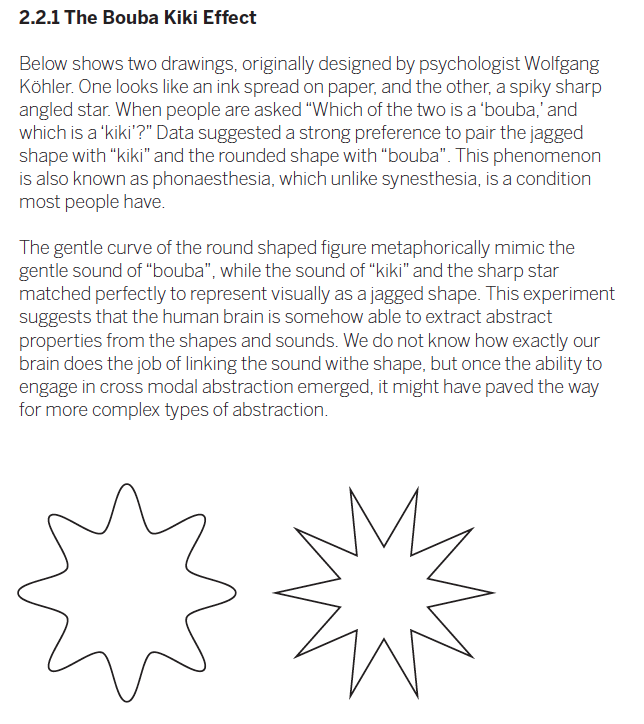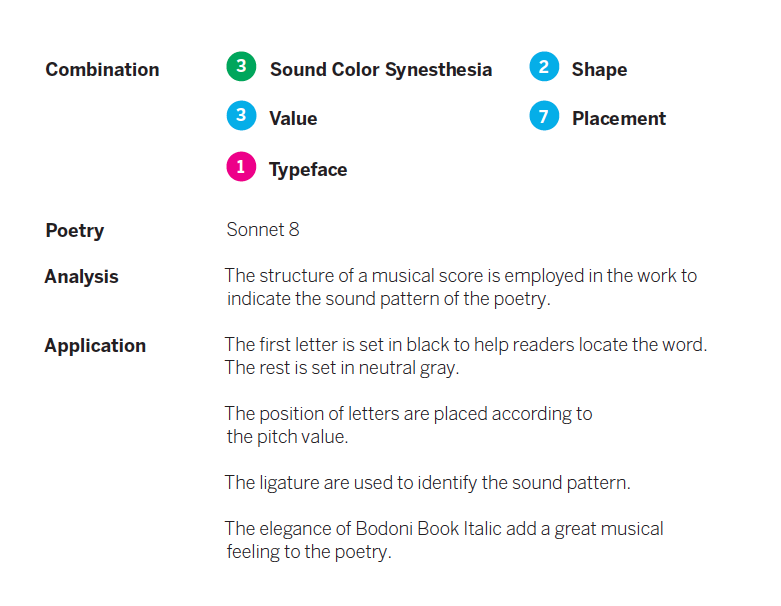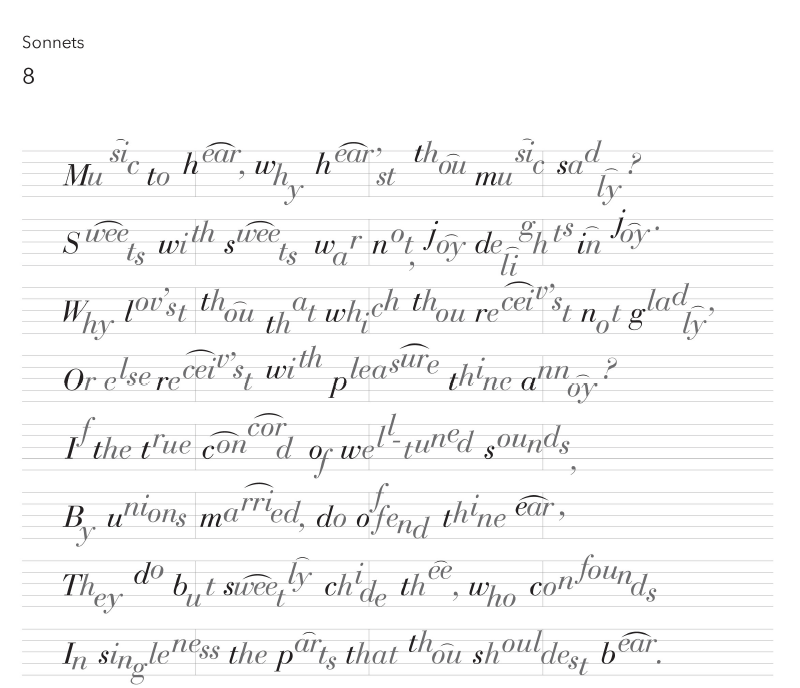
Broadsides of Claudia Emerson’s “I” come off the 1907 Chandler & Price platen press at the Visual Arts Center of Richmond. May 2015.
The moment I sold out of the broadsides I made of Claudia Emerson’s poem “I,” I wanted to find a way to give the broadsides a larger audience. I’d spent weeks and two letterpress classes setting the broadside—my first and, so far, only major letterpress project—and so I wanted to honor my own work as well as the incredibly gorgeous poem by Claudia. But how could I? The thing I had made was in a limited run. It was scarce in the world, precious to me.
In the year since, I’ve spent a great deal of time researching and thinking about the relationship between a poetic text and its materiality, the thingness of it. The showing versus the telling of a text. Its concreteness and its abstractness. With this in mind, I wanted to honor poetic texts as objects with contents, with both material and ephemeral legacies. The idea that I could digitize broadsides, particularly those made with letterpress, and give them a larger readership while highlighting, even engineering, the tension between the poems’ mediums seemed a particularly evocative way for me to go about approaching my research interests. Therefore, here it is: Offset!

Hanging with the ChicMan in the Blackbird work room, March 2010.
So, what’s my background? why am I taking on this project? I became interested in digital spaces as vessels for poetic texts when I was an MFA poetry student and, later, adjunct creative writing instructor at Virginia Commonwealth University. There, over the course of four years, I worked in a variety of editorial roles—lead associate (managing) editor, lead pagebuilder, lead indexer, audio editor, copy editor, PR coordinator, and so on—at Blackbird: an online journal of literature and the arts. At Blackbird, I learned some html and coding; I became familiar with the Adobe suite and other multimedia software; and I worked in image rights acquisition to gain permissions for images used alongside David Wojahn’s suite of poems “Ochre,” which first appeared in the journal and later in his book World Tree.
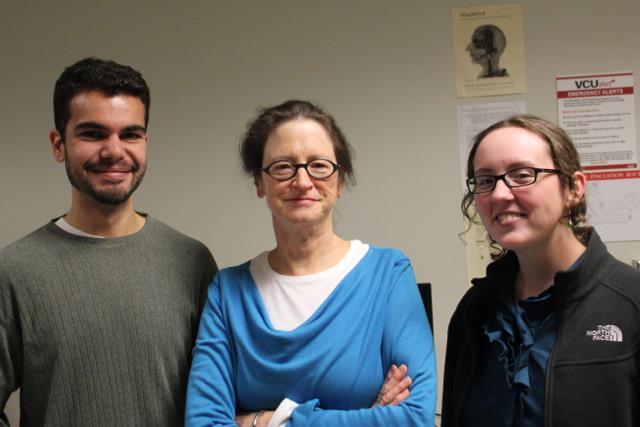
Blackbird 2011–2012 lead associate editor Ross Losapio, senior editor Mary Flinn and “associate editor emeritus” and lead page builder Emilia Phillips in the journal’s work room, November 2011.
Later, and briefly, I got to work within the Larry Levis Archives at VCU Cabell Library’s Special Collections in order to research poems for The Darkening Trapeze: Last Poems (Graywolf Press, 2016) edited by David St. John. Here I was especially taken aback by the beauty of Levis’s handwritten and typed drafts, their damages and resiliencies: the dog ears, rips, coffee stains, creases, crumples, splices, juxtapositions, redactions, crossing-outs, etcetera. Blackbird is where I began to appreciate the thingness of digital spaces and the Levis Archives are where my love for the page caught.
I then signed up for letterpress classes with Paul Morris at the Visual Arts Center of Richmond, and that’s when I began to set the poem “I” by Claudia Emerson. The first run of 30 was printed on a Challenge Proof Press, and the second run of 35 was on a 1907 Chandler & Price platen press. I sold these broadsides (keeping one for myself, #21/35 from the platen run) to benefit VCU’s Claudia Emerson Memorial Scholarship fund. When I moved to New Jersey in summer 2015 to take a job as the Assistant Professor of Creative Writing at Centenary, I began looking for opportunities to engage with texts in more material ways outside of the undergrad craft and workshop courses I teach and my current writing projects. I took a great collage class with artist Ben Pranger that allowed me to reorient my thinking about paper not only as a practical medium for words but also as art object, and I have asked him to advise me on this project, as I felt I didn’t have the vocabulary and approaches for thinking about this project as a curation of art objects.
I also applied to attend the Rare Book School’s class “Digitizing the Cultural Record” with instructors Bethany Nowviskie and Andrew Stauffer. I outline my reasons for wanting to take the course in my application:
I would like to take the Rare Book School’s Digitizing the Cultural Record (L-65) in order to pursue research into digitizing poetry publications. From archival scanning of letterpress broadsides and handmade zines to contextualizing the Poetry Foundation’s JStor interface for accessing back issues of Poetry, these investigations will help me understand the ways in which publishing technologies may have engineered poetic content and forms over the last century. Could advances in digitalization have shifted poetry’s allegiance to visual, rather than prosodic, forms? Do poets write differently or think of their audience differently because of the prevalence of online publications? How might the digitalization of pre-digital poems change the way we view, understand, and read them? Are there anachronistic connections between the charge of modernist poets, including those who appeared in early issues of Poetry, and the access, presentation, and experience of their digitized poems? Contrary to the wheel-spinning op-eds about the “death” of poetry, could poetry especially be poised to thrive and survive in the digital world?
In preparation for the course, I would like to compile a collection of recently published letterpress or linocut broadsides, particularly those whose demand exceeded their runs. I will gain permissions from the poets, publishers, and artists to digitize these broadsides (being sure to use high resolution scans that will capture imperfections in paper or print) and make them available through an online broadside gallery….
And the good news came to me: I got in! And I will be attending the course at the University of Virginia June 5–10, 2016.
With the course on the horizon, I have begun creating the framework to approach the project. In the last week, I have gained access to a large-format scanner, built the foundation for the project’s online presence, and started my research. Today, I will begin to send out queries to broadside publishers about contributing to the project via donation or loan.
I have several goals for the project. I would like to:
- Post regularly about my research, progress, and the project on this blog
- Have at least 50 broadsides with appropriate permissions for digitization
- Learn how to build an effective and interactive online gallery
- Launch the online gallery by October 1, 2016
- Develop an index of resources for those scholars, writers, and publishers interested in poetry on the page, poetry in digital spaces, letterpress publishing, and poetic broadsides
- Consider the relationship between mechanical and digitial publishing, material and online spaces, especially in regards to poetry, in a 20+ page research narrative
I hope that you all will join me in celebrating this project as well as the poetic page by following this blog, our Twitter (@offsetbroadside), or our Facebook (https://www.facebook.com/offsetbroadsides/).
Also, if you are a broadside publisher, author, or collector and you would like to donate to the project, please visit the Contact page for more information about how to contribute.
